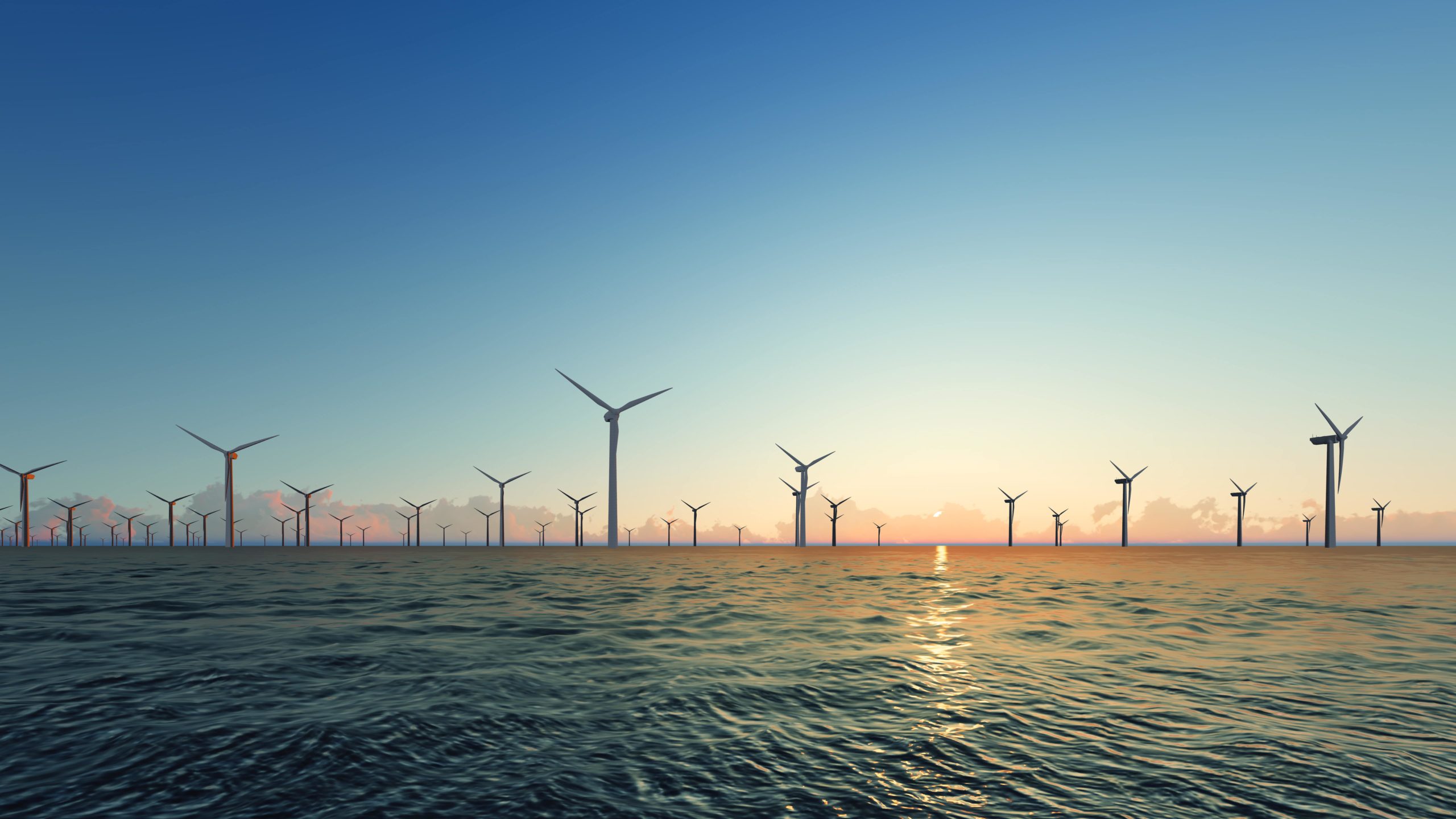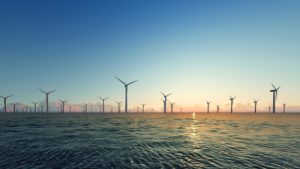The North Sea – the new frontier of the energy transition
The European Union recognises the North Sea as a key future centre for the European energy transition. In particular, it is intended to be the home of the world’s largest offshore wind production region – “the Silicon Valley of offshore wind power”, as the Danish energy minister Lars Christian Lilleholt called it in September 2018.
The North Sea countries work together in a North Seas Energy Forum building upon the North Seas Energy Cooperation, which was launched in 2016 and provides a platform for the exchange of knowledge and collaboration on renewable energy projects, grid development and environmental impact assessments.
The European Commission has estimated that offshore wind from the North Sea can cover 12% of the electric power demand of the entire EU. The numbers are even higher for the countries around the North Sea. The Netherlands may obtain 90% of its electricity from offshore wind in 2050.
All these efforts will require huge investments, complex planning procedures, a new regulatory framework, the development of a large supporting industry and the construction of new transmission grids and other infrastructure. A lot of the activities will have to be built from scratch, requiring inventiveness and specialised skills. All of this will turn the North Sea into an economic growth region well suited to people with a pioneering spirit.
North Sea Energy Atlas
In the Netherlands, industry, researchers and government have pulled together to prepare for this major economic development. Some 30 major companies and research institutions have set up the North Sea Energy Program, a comprehensive programme that looks at the opportunities and synergies the North Sea offers. One of its aims is to combine the resources of the existing offshore oil and gas sector with the emerging offshore renewable energy sector.
The Program, which started in 2017, has already shown that making smart use of the infrastructure, products, services, knowledge and human capital of the offshore fossil industry, will not only make the transition much more cost-effective, but will also to lead innovative new technologies and applications. An overview of the findings and the possibilities of the region can be found in the North Sea Energy Atlas on the website of the program.
Here are some of the ways in which the North Sea can be put to optimal use for the energy transition:
- Offshore wind production
- Production of green hydrogen from offshore wind power (power-to-gas) both with offshore and onshore electrolysis
- Transport network to take hydrogen to key industrial hydrogen demand centres
- Decommissioning of offshore installations
- Conversion of offshore installations to other supporting functions
- Electrification of existing offshore installations by means of wind power (“wind meets gas”)
- CO2 storage in empty gas fields
- CO2 transport network
- Creation of offshore wind grid, including possibly an artificial island to serve as connection and distribution point for offshore wind turbines
- Development of other alternative energy projects, for example wave and tidal power
- Construction, logistics and maintenance functions


